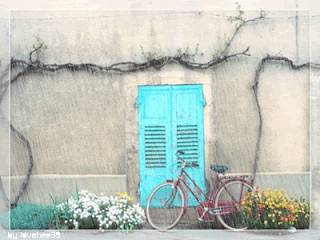 Belize Zoo
Belize ZooBelize City
By 2010 the Belize Zoo was home to more than 170 individuals of 48 species native to Belize. Keeping to it's goal of bringing visitors closer to Belize's natural heritage, the zoo only houses native animals. No zoo animal has ever been taken from the wild. Zoo residents were either people's pets, donated to the Zoo, injured and brought in for healing and rehabilitation, born at the Zoo, or sent to the Zoo from another Zoological facility.
 Johannesburg Zoo
Johannesburg ZooJohannesburg, South Africa
It is one of the few places in the world with white lions, and has had success in their breeding; these are more sought after than tawny lions by other zoos. The Johannesburg Zoo is also the only zoo in South Africa to have successfully bred Siberian Tigers.
 Beijing Zoo
Beijing ZooBeijing, China
It is one of the oldest zoos in China and has one of the largest animal collections in the country. The Beijing Zoo is best known for its collection of rare animals endemic to China including the Giant Pandas, which are zoo's most popular animals.
 Tiergarten Schönbrunn
Tiergarten SchönbrunnVienna, Austria
Bombing raids on February 19 and February 21 of 1945, during World War II, had an even greater impact on the zoo. Many buildings were destroyed and specimens killed, reducing the stock of specimens to 400. The new zoo director, Dr Julius Brachetka, eventually managed to restore the zoo.
 Singapore Zoo
Singapore ZooSingapore
From the beginning, Singapore Zoo followed the modern trend of displaying animals in naturalistic, 'open' exhibits, ie with hidden barriers, behind moats and shrubbery etc. It also houses the largest captive colony of orangutans in the world.
 Bronx Zoo
Bronx ZooNew York
The Bronx Zoo made the news in August 2006 when it agreed to enter a rare snow leopard cub, Leo, into its breeding programme. The leopard will be returned to its place of birth following construction of a rehab facility in the Naltar Valley with US cooperation.

Bermuda Zoo
Flatts Village
BermudaThe institution's second multi-year capital campaign was launched in 2005, with its largest project being a $2.7 million state-of-the-art animal care pavilion. As of 2009, $6.7 million had been donated by individuals, corporations, and organizations (towards a goal of $8.0 million).
The zoo is extremely active in conse-rvation and species-preservation efforts. Its Institute for Conservation Research raises California Condors, Pandas, Tigers, African Black Rhinos and a large number of other endangered species.

















 Expected launch in January 2011
Expected launch in January 2011
 Priced Rs 12.91 lakh-Rs 15.50 lakh (ex-showroom Delhi)
Priced Rs 12.91 lakh-Rs 15.50 lakh (ex-showroom Delhi) Launch around January 2011
Launch around January 2011 Likely launch late 2011
Likely launch late 2011 Expected Price Rs 5-7 lakh
Expected Price Rs 5-7 lakh



















